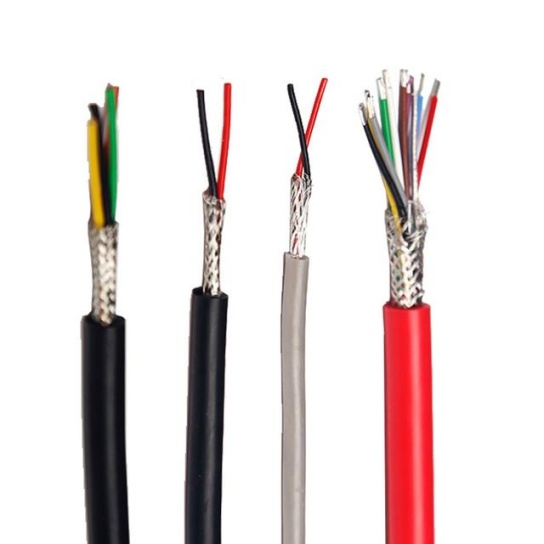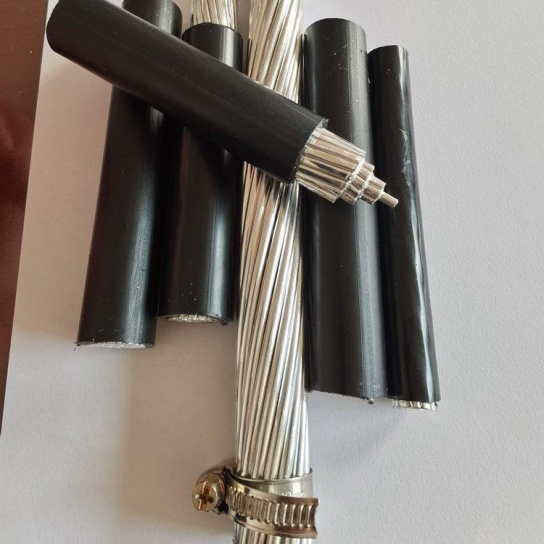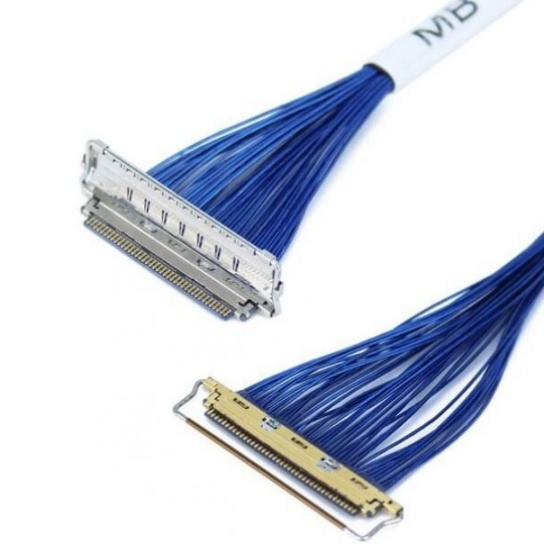How to Store Aviation Cable Properly: Essential Guide for Safety & Longevity
Proper storage of aviation cable isn’t just about tidiness – it’s a critical safety procedure that protects expensive assets, ensures reliability, and prevents costly failures in aircraft systems. Incorrect storage can lead to wire damage, insulation degradation, and potentially catastrophic consequences. This comprehensive guide details best practices for storing aviation cable correctly, safeguarding its integrity and maximizing its service life.
Why Proper Aviation Cable Storage is Non-Negotiable:
- Prevents Physical Damage: Kinks, bends, cuts, crushing, and abrasion compromise structural integrity and electrical performance.
- Protects Against Environmental Degradation: Moisture, UV rays, extreme temperatures, ozone, and chemicals can deteriorate insulation and conductor materials.
- Avoids Contamination: Dust, dirt, oils, and salts can lead to corrosion or insulation breakdown over time.
- Maintains Traceability & Organization: Prevents mix-ups with other cable types (critical for compliance) and ensures easy access to the correct cable when needed.
- Ensures Airworthiness: Properly stored cable retains its certified properties and meets FAA, EASA, and manufacturer requirements.
Best Practices for Storing Aviation Cable:
- Control the Environment: The Ideal Storage Space
- Cool, Dry, and Stable Temperature: Aim for temperatures between 50°F (10°C) and 80°F (27°C). Avoid extremes and rapid fluctuations. High temperatures accelerate insulation aging; low temperatures can make some insulations brittle.
- Low Humidity (Controlled RH): Relative Humidity (RH) should ideally be maintained between 40% and 60%. Use dehumidifiers if necessary. Excessive moisture promotes corrosion (especially on tinned conductors) and can wick into cable ends. Mildew growth is also a risk.
- Protect from Direct Sunlight/UV Exposure: UV radiation severely degrades most cable insulations over time. Store cables away from windows or use opaque covers/reels.
- Ventilation: Ensure adequate air circulation to prevent stagnant, humid air pockets but avoid dusty drafts.
- Contaminant-Free: Keep the storage area clean and free from dust, dirt, chemicals, oils, solvents, salt spray, and corrosive fumes. Isolate from areas with machining or painting activities.
- Electrostatic Discharge (ESD) Protection (For Sensitive Cables): Cables used with sensitive avionics may require storage in ESD-safe environments (conductive bins, anti-static bags) to prevent damage from static discharge.
- Use Proper Reels, Spools & Supports:
- Original Reels: Whenever possible, store cable on its original manufacturer-supplied reel. These reels are designed for the specific cable diameter and weight.
- High-Quality Wooden or Plastic Reels: If not on original reels or for cut lengths, use sturdy reels. Avoid warped, damaged, or flimsy reels. Ensure the reel flange diameter is sufficiently large (typically >10x cable min bend radius) to prevent excessive bending or kinking at the edges.
- Cable Cradles or Racks: Use dedicated, well-padded cable cradles or racks designed to support the weight without deforming the cable. Avoid simply hanging heavy cable spools on hooks or nail heads, which creates pinch points.
- Vertical Spool Storage: Store reels vertically on their flanges like a wheel, not stacked flat on top of each other (which can crush the lower reels). Use proper racking systems.
- End Protection: Secure the cable ends to the reel flanges. Protect exposed conductor ends with dielectric caps or tape approved for aviation use to prevent moisture ingress, fraying, and contamination.
- Avoid Physical Stress and Damage:
- Respect Minimum Bend Radius: Never bend cable tighter than its specified min bend radius, both on the reel and during handling off the reel. Kinking permanently damages conductors and insulation. Refer to manufacturer specs.
- Prevent Crushing & Impact: Store reels where they won’t be knocked over, run into by equipment, or have heavy items dropped or stacked on them.
- Handling: Use proper equipment (spool jacks, forklifts with appropriate attachments) to move loaded reels. Never drag or drop reels. Lift reels by the barrel, not the flanges.
- Off-Reel Storage: For shorter lengths, coil the cable loosely in large diameters (again respecting min bend radius). Use Velcro straps or soft rope – never metal wire ties or duct tape that can bite into insulation. Hang large coils on robust, rounded hooks or place in bins sized to prevent cramping.
- Organization and Traceability:
- Clear Labeling: Every reel or stored coil must have a legible, durable label identifying:
- Cable Part Number (e.g., MIL-DTL-27500, AS22759/xx, proprietary numbers)
- Wire Gauge / AWG
- Manufacturer Name/Lot/Batch Number
- Date Received/Date Put into Storage
- Length Remaining (Update after each use!)
- Segregation: Store different cable types (shielded vs. unshielded, high-voltage, thermocouple, ESD-sensitive, different gauges) separately to prevent mix-ups. Segregate new stock from used/recovered cable.
- Shelf Life / FIFO: If cables have manufacturer-recommended shelf lives (some insulation types do), ensure clear labeling and implement a strict First-In, First-Out (FIFO) inventory system to use the oldest stock first. Regularly audit stock.
- Special Considerations:
- Long-Term Storage: For cables stored for extended periods (years), consider periodically re-reeling to relieve localized pressure points and re-apply end protection. Conduct periodic visual inspections.
- Partial Reels: When a reel is partially used, re-wrap the remaining cable neatly and securely, ensuring the free end is well-protected and fastened to the reel flange. Update the length label immediately.
- Pre-Terminated Cables: Protect connector ends using manufacturer-supplied caps or purpose-made covers. Avoid contamination of contacts.
Crucial Standards & Best Practices:
- Consult Manufacturer Docs: Always refer first to the specific cable manufacturer’s storage recommendations and datasheets.
- Relevant Standards:
- SAE AS50881: “Wiring Aerospace Vehicle” (Chapter 5 often covers handling/storage aspects).
- FAA AC 43.13-1B: Acceptable Methods, Techniques, and Practices – Aircraft Inspection and Repair (Contains guidance on wire handling).
- MIL-HDBK-522: Wire and Cable General Guidelines (Details inspection criteria that imply proper storage).
- NASM 33540 (Formerly MIL-W-5088): Details requirements for various wire specs, including aspects related to storage integrity.
Inspection Before Use:
Always perform a thorough visual inspection of the cable before installation even after correct storage. Look for:
- Dents, kinks, cuts, abrasions, or insulation nicks.
- Crushed areas or flattened sections.
- Corrosion at conductor ends (if caps were lost/damaged).
- Discoloration, cracks, or brittleness in insulation.
- Moisture or contamination inside the insulation or on conductors.
Conclusion: An Investment in Safety and Reliability
Proper storage of aviation wire and cable is a fundamental requirement in the aerospace industry. By meticulously controlling the environment, utilizing correct handling methods and supports, ensuring rigorous organization, and protecting cables from all forms of damage, you directly contribute to the safety, airworthiness, and operational reliability of the aircraft. Investing time and resources in establishing and following these best practices protects valuable assets, avoids costly downtime, and, most importantly, safeguards lives. Treat every foot of aviation cable with the care critical flight systems demand.
FAQ Section:
- Q: What’s the biggest storage mistake with aviation cable?
A: Not respecting the minimum bend radius. Kinking during storage or handling permanently compromises the cable and is a leading cause of premature failure. Crushing and environmental exposure (UV, humidity) are also major culprits.
- Q: Can I store aviation cable in a standard warehouse?
A: It depends, but significant modifications are likely needed. Standard warehouses often lack precise humidity control and environmental separation from contaminants. A dedicated, clean, climate-controlled section is highly recommended. Garages, sheds, and unheated spaces are unsuitable.
- Q: How long can aviation cable be stored?
A: It varies greatly by insulation material and construction. Some fluoropolymers (Teflon® based) have excellent longevity if stored correctly. Polyethylene and PVC insulations are more susceptible. Always check the manufacturer’s data sheet for specific cable types and recommended storage life. Inspect thoroughly regardless of age.
- Q: Is it okay to use the original reel?
A: Yes, using the original manufacturer’s reel is generally the preferred method. These are designed specifically for the cable. Always protect the exposed end securely.
- Q: What should I do with short lengths after use?
A: Coil them neatly (large diameter), secure with soft ties (Velcro preferred), label them clearly with PN/gauge/length, and store them upright in dedicated bins or compartments separate from new stock. Protect exposed ends.






